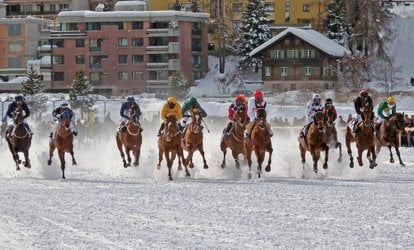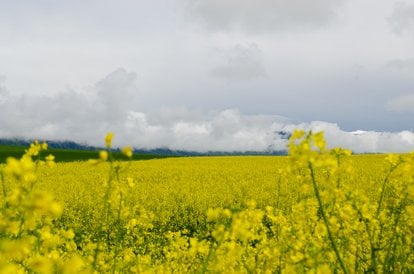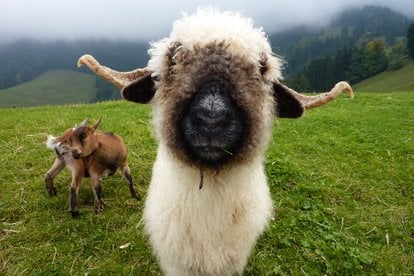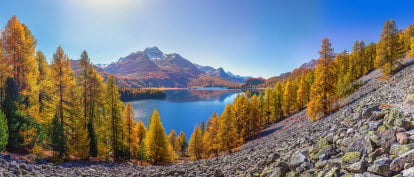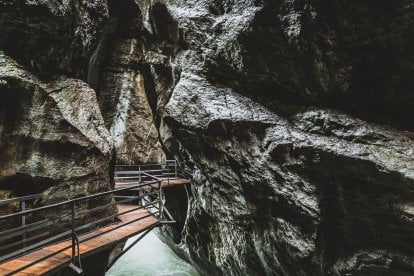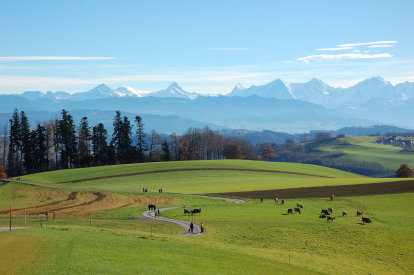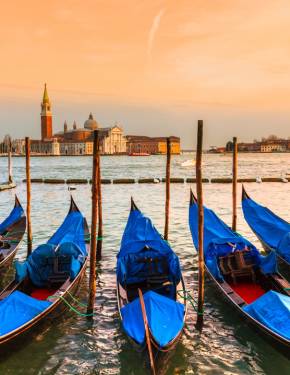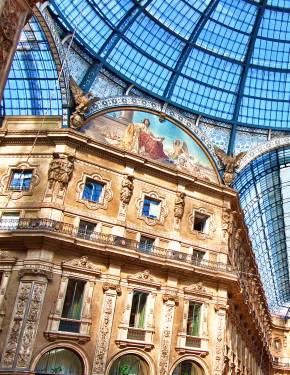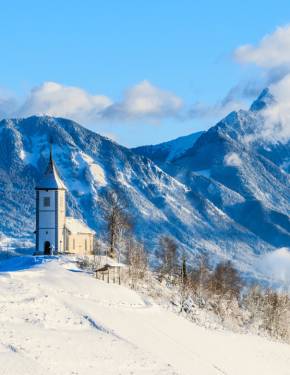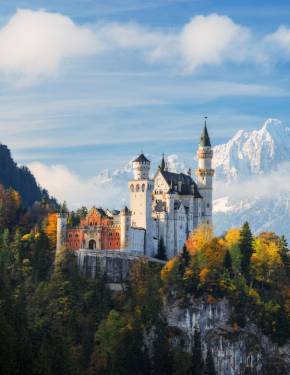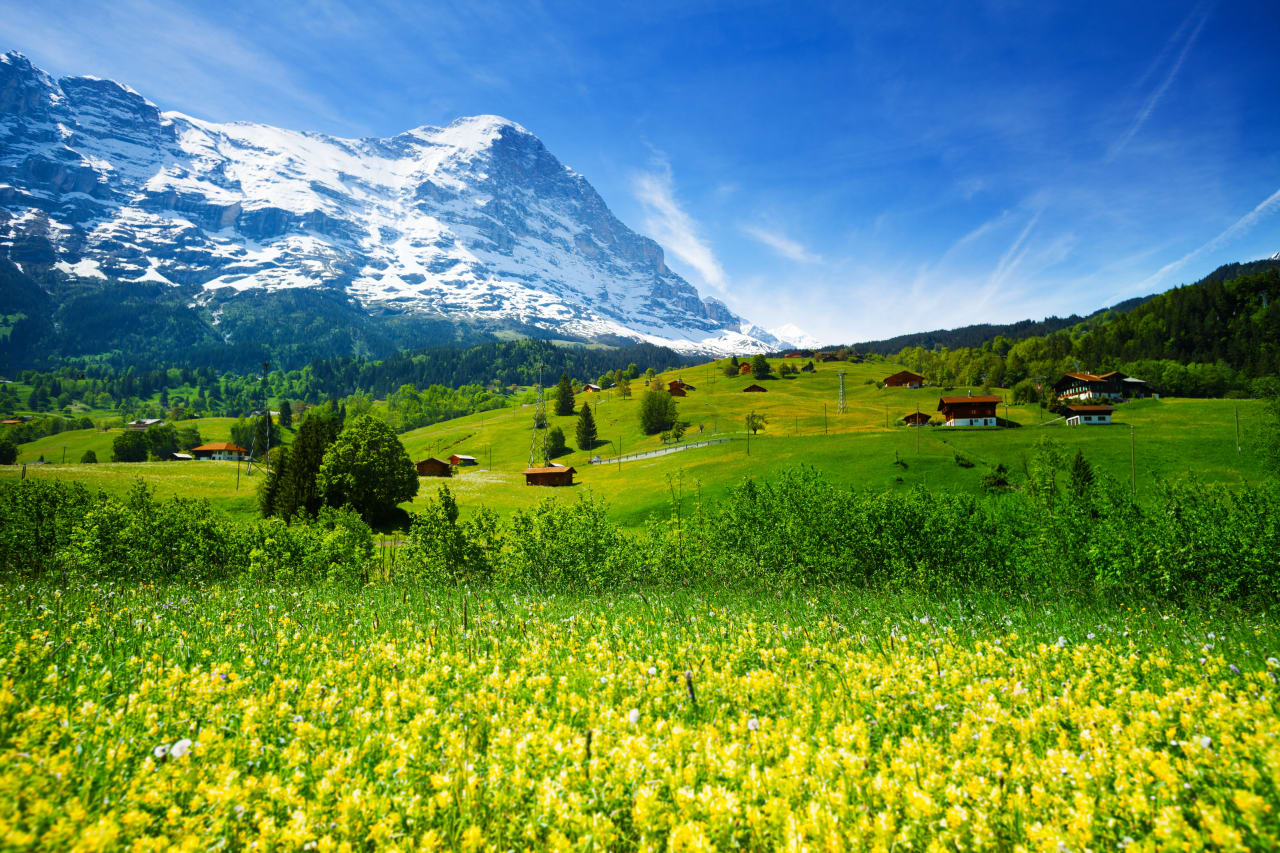
Best time to visit
64 things to do in Switzerland

Montreux Jazz Festival
Plunge into the world of music at one of the biggest and best-known annual jazz festival in Swiss "Sun Riviera"

Räbechilbi: Gourd-Lantern Parade in Richterswil
Step into a real Halloween atmosphere with this sparkling procession

Martinstag: St. Martin Festival
A colourful celebration marking the end of harvest time and the beginning of winter festivities
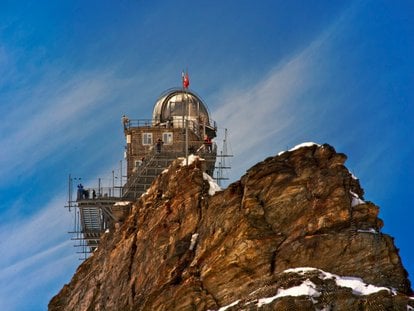
Jungfraujoch and the Sphinx Observatory
This mountain is often called the peak of Europe

Alpine Herbs
The plants growing on high altitudes have become natural remedies for many health problems

Faulhorn-Grindelwald Toboggan
If you enjoy sledding, try the longest toboggan run in Europe

Grape Harvest and Wine Season
Visit the Canton of Valais or the famous region of Lavaux that boasts 830 hectares of terraced vineyards that stretch for almost 30 km along Lake Geneva

Summer Skiing
If you missed the skiing season, don't worry. Try glacier skiing in Switzerland during the summer

L'Escalade
Don't miss this original and colourful Swiss celebration in Geneva

Summer
Occasional rains won't spoil beach time at some of Europe's most pristine lakes

Ticino Flower Fields
During spring Ticino becomes the most romantic region of Switzerland
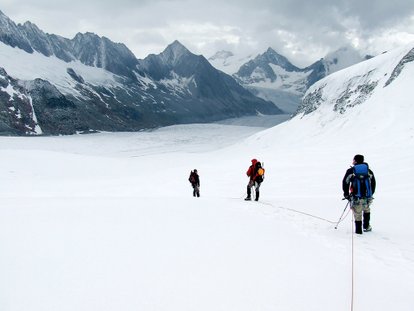
Great Aletsch Glacier
This enormous ice river could have provided every human being on Earth with a litre of water per day for six years

Basel Fasnacht (Carnival of Basel)
If you think the best carnivals are only in South America, visit Basel and you might change your mind!
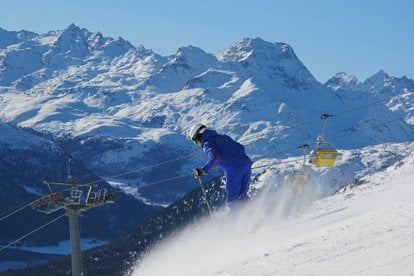
Skiing and Snowboarding in Switzerland
World-famous ski resorts are not cheap, but they are well worth the price

Art Basel
Don't miss the chance to become a part of the art world for a week full of exciting events
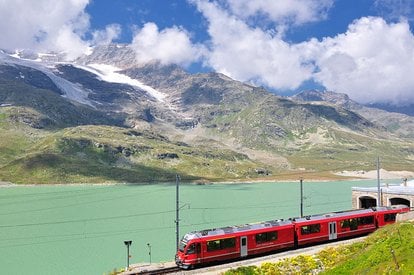
Bernina Express
This amazing Alpine journey guarantees spectacular views all the way

Lac Léman or Lake Geneva Cruise
Explore one of Europe's largest lake and its picturesque surroundings
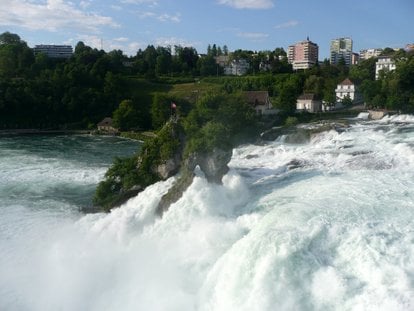
The Rhine Falls
The largest waterfall in Europe is often called Switzerland's natural wonder
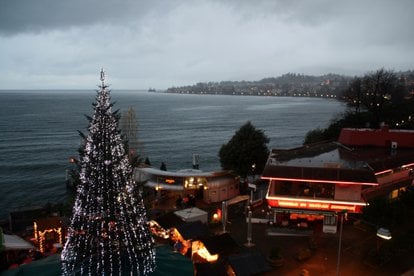
Christmas Markets in Switzerland
Check out some of the most atmospheric Christmas fairs in Europe to get into the mood before the holidays

Eis-zwei-Geissebei (Sausage Tossing)
An old pre-Carnival tradition from Rapperswil, near Lake Zurich
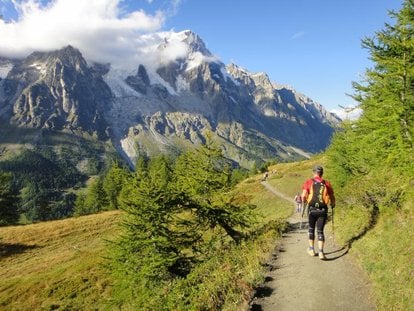
Ultra-Trail du Mont-Blanc (UTMB)
One of the most challenging races in Europe, which goes through the territory of three countries, astonishes with views of mountains, rivers and glaciers

Glacier Express
Take a train from Zermatt to Davos or St. Moritz to see unique Alpine landscapes
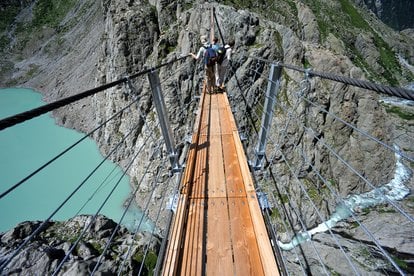
The Trift Bridge
Walk one of the longest pedestrian bridges in the Swiss Alps for exceptional views
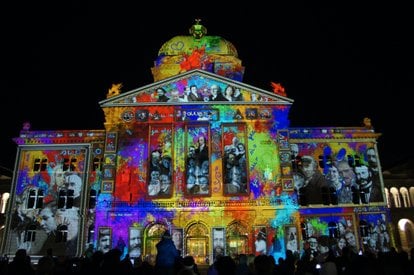
Rendez-vous Bundesplatz
See the Switzerland's parliament in an unexpected light

Les Pleureuses or the Mourners
The town of Romont is home to an unusual Easter tradition
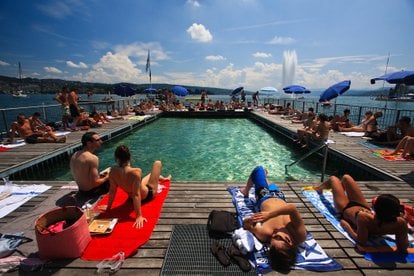
Beach Season on Lakes
Only in Switzerland you can find such clean lakes in the middle of big cities!
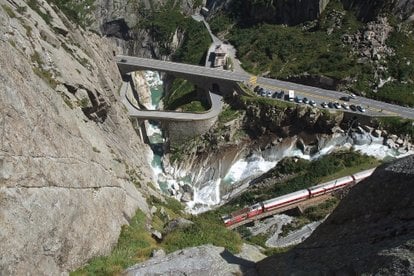
Teufelsbrücke or Devil's Bridge
One of the most stunning bridges in Switzerland
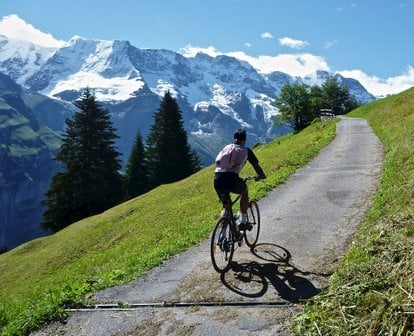
Cycling
With its great lakes and wide meadows Switzerland is a paradise for cyclists

Birdwatching
Hundreds species of migrating and resident birds breed in Switzerland

Open Air Gampel
One of the largest Swiss open-air festivals held in a beautiful Alpine valley
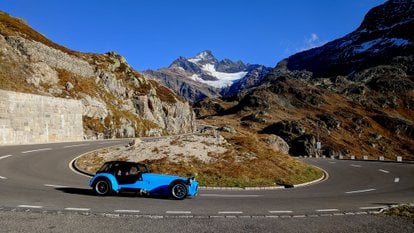
Susten Pass
One of the most scenic roads in Europe with bridges and tunnels
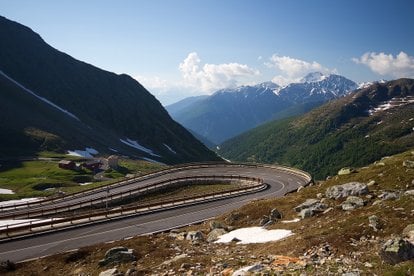
Great St Bernard Pass
A scenic mountain pass that gdot famous thanks to its dogs
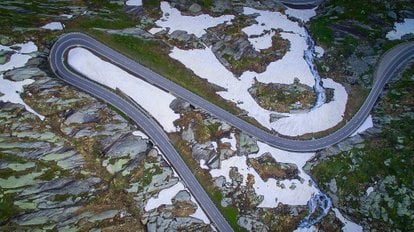
Grimsel Pass
The road that crosses the continental divide between the North Sea and the Mediterranean Sea
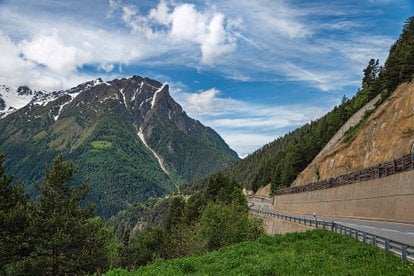
Simplon Pass (Passo del Sempione)
One of the most scenic drives in the Alps, featured in Giro d'Italia
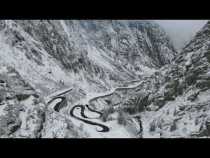
Furka Pass
A scenic winding road, loved by cyclists and motorcyclists, was featured in a James Bond movie

New Year's Eve in Switzerland
Switzerland is a true winter wonderland, which can guarantee you will remember this New Year's Eve celebration for good

Basel Christmas Market
Enjoy enchanting holiday ambiance filling up the Old Town from Münsterplatz to Barfüsserplatz

Bern Christmas Markets
UNESCO-listed Old City looks stunning during Christmas holidays

Lausanne Christmas Markets (Bô Noël)
Four weeks of fun during the Advent season
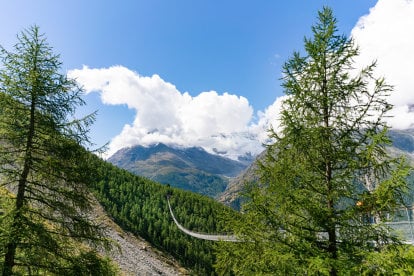
The Charles Kuonen Bridge (Europaweg Skywalk)
Hike the longest suspension bridge in the world

Gelmerbahn
The Gelmerbahn is one of the steepest funiculars that offers you inspiring mountainscape backdrops

Verzasca Dam Bungee Jumping
Recreate the iconic James Bond jump from one of the largest dams in the world
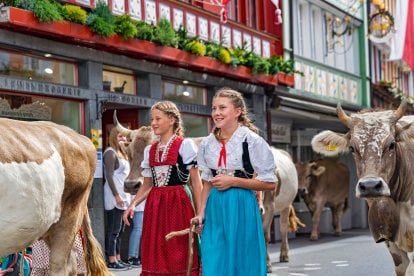
Cattle Descent (Cow Parade)
Celebration of the arguculture and the art of shepherding
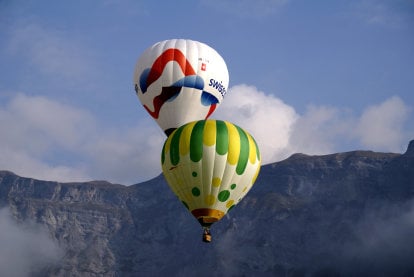
Ballonwoche Flims Hot-Air Balloon Festival
Visit the oldest Alpine hot-air balloon event
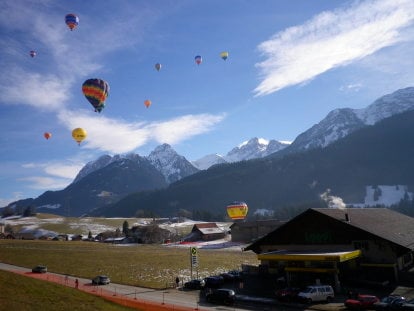
International Hot-Air Balloon Festival in Château-d'Oex
The ultimate Alpine destination for hot air ballooning

European Business Aviation Convention & Exhibition (EBACE)
Don't miss this huge aerial event in Switzerland!

Axalp Swiss Air Force Live Fire Demo
We bet you've never seen an airshow of this scale!

Jazz Ascona
New Orleans Jazz on the banks of on Lake Maggiore in beautiful southern Switzerland

Zurich Film Festival
Experience high-quality cinema by the most promising filmmakers from around the world

Krampus in Switzerland
Meet Krampus, Perchten, and Schmutzli, mystical folklore characters, originating in pagan rituals


